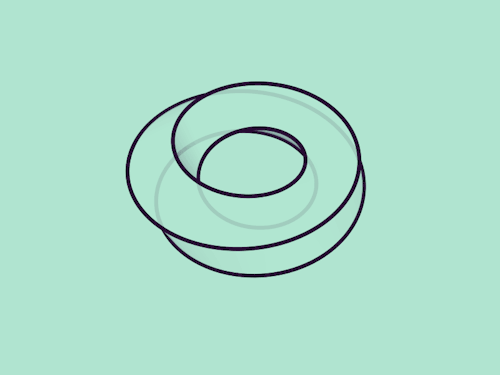The Heart of Movement 3 - The heart/lung connection
This lesson looks at the heart lung connection. The rhythmic flow of breath and the pulse of our blood are two involuntary cycles whose moment to moment quality reflects the deepest states of our heart and mind.
They are also responsive to conscious attention and as a result are a brilliant vehicle for riding the state of appreciative calm.
The heart and lungs have an intimate connection. A connected network of tubes that enable air & blood to connect and exchange their gifts with each other. The rhythmic flow of breath and the pulse of our blood are two involuntary cycles whose moment to moment quality reflects the deepest states of our heart and mind.
They are also responsive to conscious attention and as a result are a brilliant vehicle for riding the state of appreciative calm.
Our main focus will be on sensing the harmony of those two rhythms. Is there a way of organising ourselves to make it easier?
When they are in tune there is a sense of easy flow and an easy connection to what is happening around us. When it’s not ..
Well .. this morning I was walking with Dream. I was thinking about this next class but she had other plans ..
Her pace was interminable! She was stopping continually to smell everything! It was hard not to be irritated as my rhythm was being constantly interrupted.
Eventually I realised my idiocy and made an effort to be more present. I adapted my rhythm to hers and was able to find peace.
In a way that is what we’ll be doing this week. Experimenting with how we can blend the rhythms of our heart and lungs so everything moves together. To get there we need moment by moment awareness .. and it’s a process.
We’ll explore an idea called coherent breathing that involves slowing your inhalation and exhalation to around 5 or 6 seconds in each direction. Of course, you’ll go at your own pace but slowing your breathing down is a nice way to pay close attention to what is going on.
We’ll be doing this in a variety of positions and sensing the home and neighbours of our blood vessels and lungs. How do the vibrations of our pulse affect the surrounding tissue?
Another useful questions is how much space do we need within our ribcage and pelvis for the heart and lungs to function well?
You could get a head start by breathing in time with this GIF. Follow a point on one of the lines as it moves in .. and then out .. with your breath
Can you make the transition seamless?
It’s taking about 5 seconds each way and it’s rather calming if you allow yourself to slowly settle into this rhythm ..



